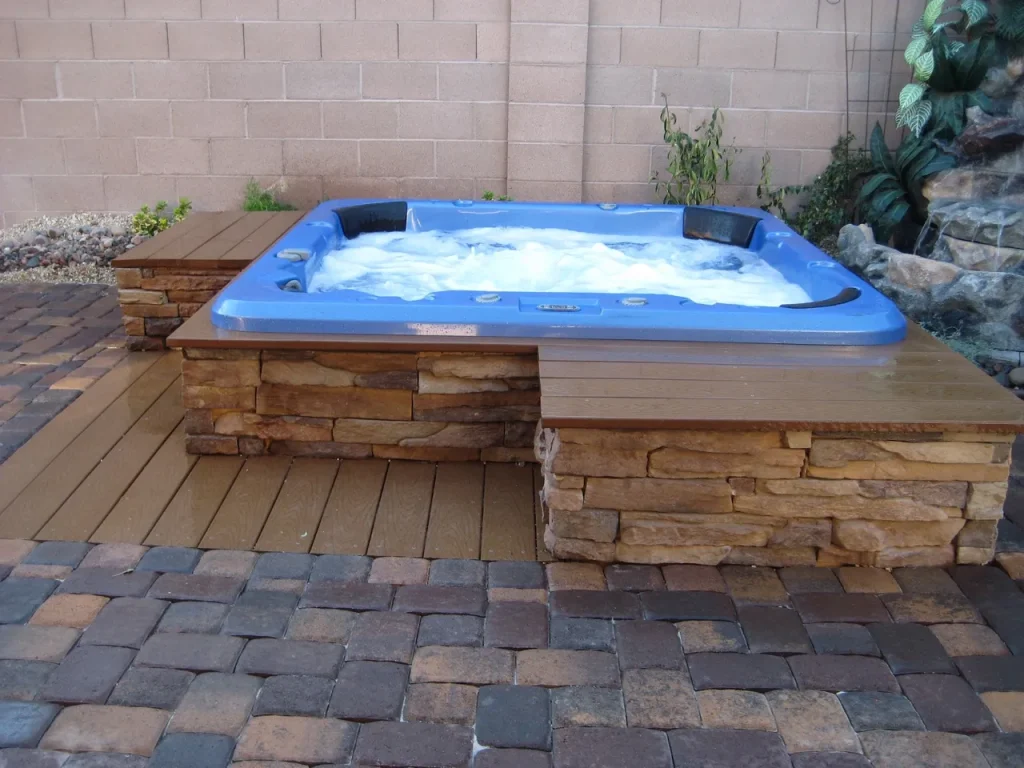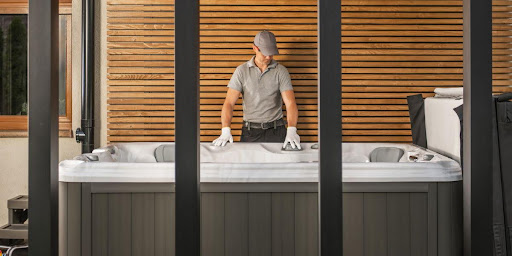Hot tub covers play a vital role in protecting your spa from debris, maintaining water temperature, and reducing energy costs. But one common question many hot tub owners ask is: Are hot tub covers waterproof? Understanding the waterproof capabilities of your hot tub cover is essential for ensuring its durability and functionality.
The Short Answer: Yes, but There’s More to Know
Hot tub covers are designed to be water-resistant rather than fully waterproof. Most covers are made from vinyl or other durable materials that repel water effectively. However, over time, wear and tear, exposure to harsh weather, and improper maintenance can reduce the cover’s water resistance. If water begins to seep into the foam core, the cover may become heavy, less effective at insulating, and prone to damage.
Why Water Resistance Matters
The primary goal of a hot tub cover is to keep water out of the foam core while also shielding your spa from debris and evaporation. When the cover is in good condition, it repels rain, snow, and splashes from the hot tub itself. This helps maintain the efficiency of your spa by reducing heat loss and preventing contaminants from entering the water.
However, if the vinyl surface becomes cracked or damaged, water can penetrate the cover and soak into the foam. This not only makes the cover heavier but also reduces its insulating properties, leading to higher energy costs and less effective spa protection.
Signs Your Hot Tub Cover is Losing Water Resistance
- Heaviness:A waterlogged cover becomes noticeably heavier when you try to lift it.
- Visible Cracks:Cracks or tears in the vinyl surface can allow water to seep into the foam core.
- Mold or Mildew:Excess moisture trapped in the cover can lead to mold or mildew growth, which can emit unpleasant odors.
- Sagging:A saturated cover may start to sag in the middle, reducing its ability to properly seal the spa.
How to Maintain Your Hot Tub Cover’s Water Resistance
Regular maintenance is key to preserving the water-resistant properties of your hot tub cover. Here are some tips:
- Clean the Cover Regularly:Use a mild soap and water solution to clean the vinyl surface, removing dirt, debris, and chemical residue. Avoid harsh cleaners that can damage the material.
- Condition the Vinyl:Apply a UV-protectant conditioner to the cover every few months. This helps prevent cracking and fading caused by sun exposure.
- Inspect for Damage:Regularly check your cover for tears, cracks, or worn seams. Address any issues promptly to prevent water from seeping into the foam core.
- Avoid Excess Weight:Remove heavy snow, leaves, or other debris from the cover promptly. Excess weight can stress the cover and increase the risk of water absorption.
- Store It Properly:If you need to remove your cover for an extended period, store it in a dry, shaded area to protect it from the elements.
When to Replace Your Hot Tub Cover
If your hot tub cover is already waterlogged or showing signs of significant damage, it’s time to consider a replacement. A new cover ensures proper insulation, energy efficiency, and protection for your spa. Investing in a high-quality cover and maintaining it regularly will save you money in the long run and keep your hot tub running efficiently.
Conclusion
Hot tub covers are water-resistant, not fully waterproof, and their ability to repel water depends on regular maintenance and proper care. Keeping your cover in good condition protects your hot tub, reduces energy costs, and ensures a longer lifespan for your spa equipment. Call us at 702-884-5424 or click here to request to be contacted to schedule.



